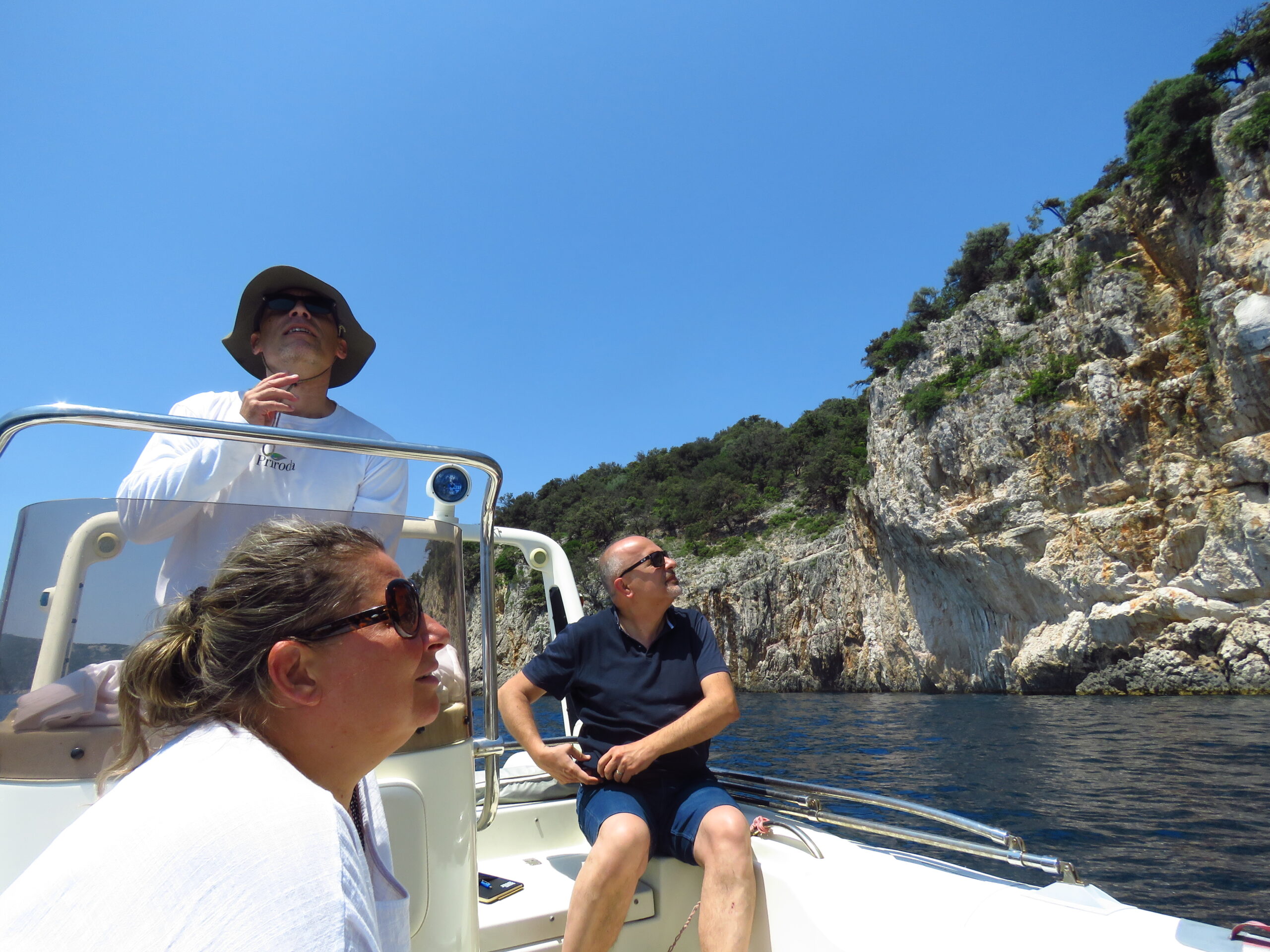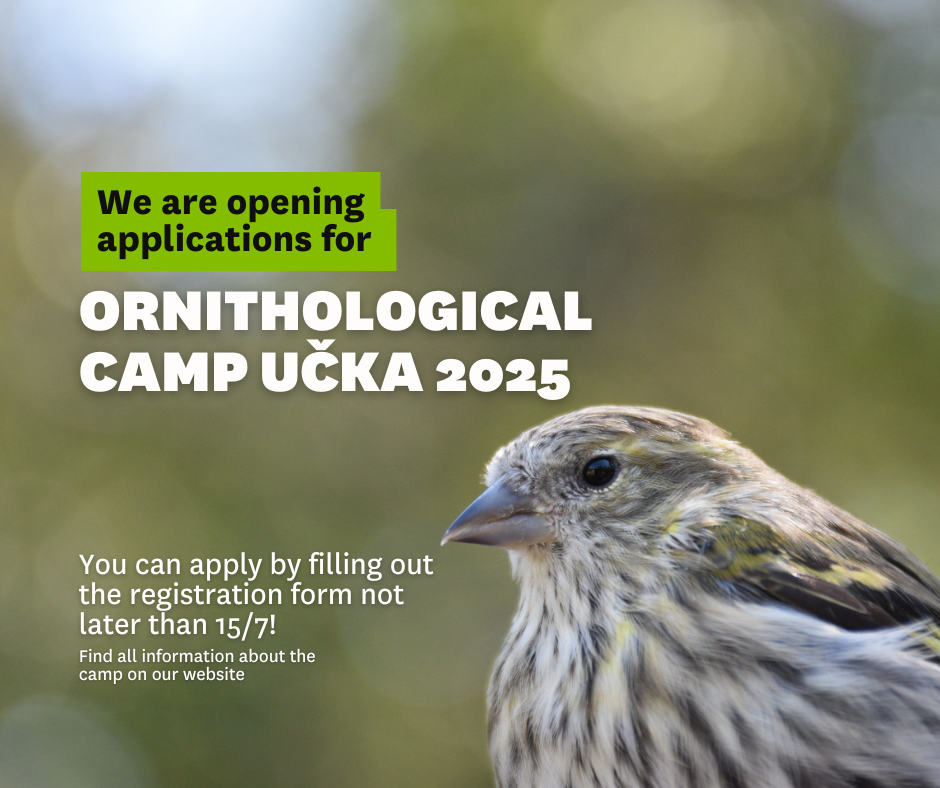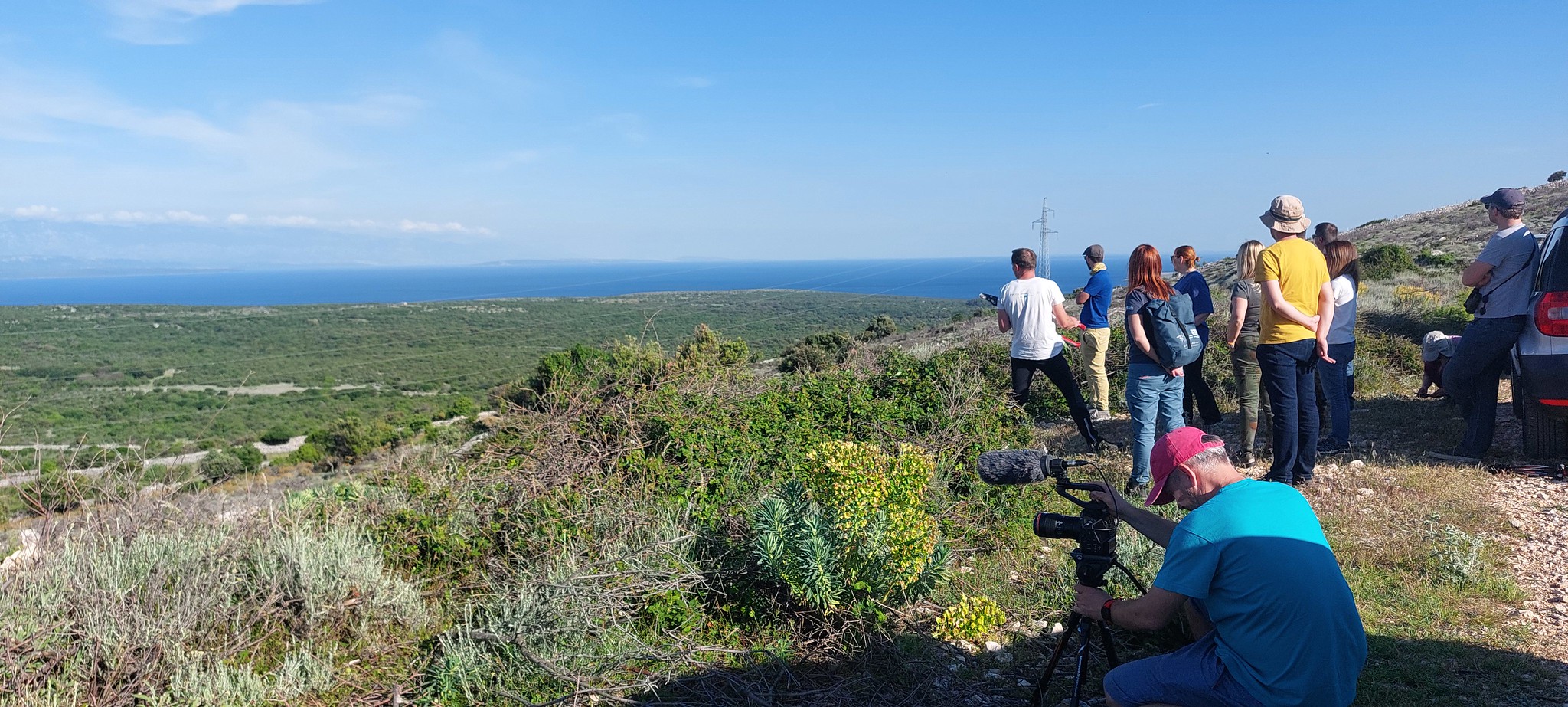On islets where invasive species control mechanisms are successfully implemented, biosecurity measures need to be carried out to ensure that invasive species do not return, which would once again threaten not only seabirds, but also the entire ecosystem of the islets
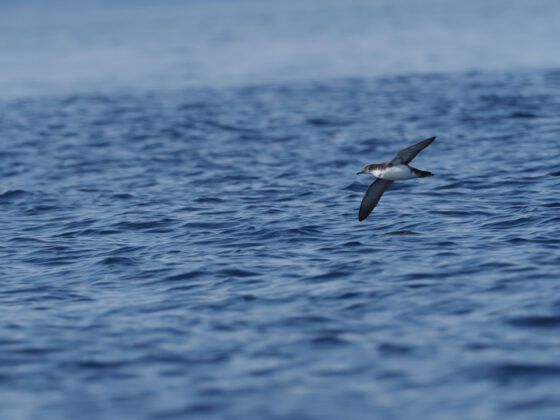
We held the first in a series of webinars of the LIFE Artina project on the 7th of March 2023 in order to encourage the nature conservationists community to carry out future seabird conservation measures. The webinar is one of the tools of the Project Replication and Transfer Strategy. With this, the European LIFE Program ensures that the knowledge and experience gained through the implementation of the project is applied to other geographical areas, habitats and species.
The lecture on managing seabird colonies covered the biology and ecology of seabirds, their distribution in Croatia and the threats they face. Activities that were carried out at the colonies in the Lastovo Archipelago Nature park were presented, and those included bird monitoring, rat eradication, biosecurity and control of the Caspian gull population. Results of four years of work, demonstrated primarily through the number of birds, the success of their nesting and the reduction of the rat population on the islands were presented.
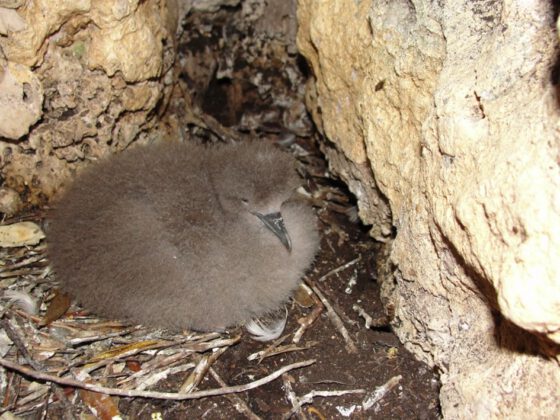
We were successful in removing rats from certain islands and we significantly improved the nesting success rate of the Yelkouan
shearwater, while the measures to control the population of Caspian gull did not have a positive effect on the nesting success rate of a rare species on the Adriatic coast – the Audouin’s Gull.
During the discussion we mentioned the technical details of the rat control mechanisms that were used, the issue of free roaming cats, and the Beech marten that recently appeared on an island where most Yelkouan shearwater nest. We also discussed the applicability of control mechanisms on a very invasive species – the mongoose, which has been present on Mljet and the islets around it for a long time. One of the topics was a comparison of the influence of Caspian gull and rats on the Audouin’s Gull. Ecological conditions for Audouin’s Gulls nesting and the type of islands they nest on were also discussed.
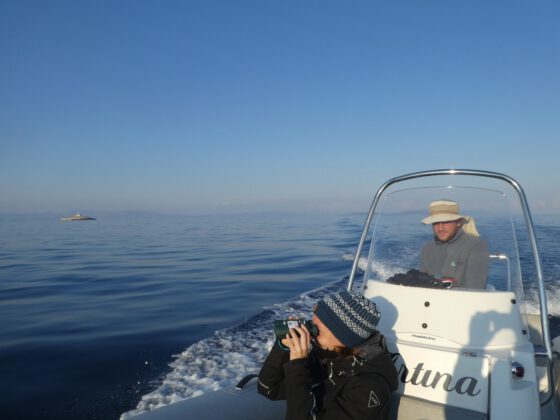
One of the important aspects of the discussion was sustainability of the project, and Lastovo Archipelago Nature Park Public Institution clarified which activities the Park will continue to carry out even after the end of the project. Sustainability is one of the biggest challenges of projects like this one, but the institutional structure of nature protection in Croatia represents a good basis for implementation of direct conservation measures even after the completion of such projects, which can be achieved by incorporating those measures into public institution plans for management of protected natural values.
Regarding the replication potential of the LIFE Artina project, a demand exists to remove invasive species of mammals such as rats and mongooses from other islands and islets where seabirds nest. It is also quite necessary to determine the zero state and to establish the monitoring of the relevant colonies of European shags and of the two species of terns that are also widespread in the Adriatic. On islets where invasive species control mechanisms are successfully implemented, biosecurity measures need to be implemented to ensure that invasive species do not return, which would again threaten not only seabirds, but also the entire ecosystem of the islets.
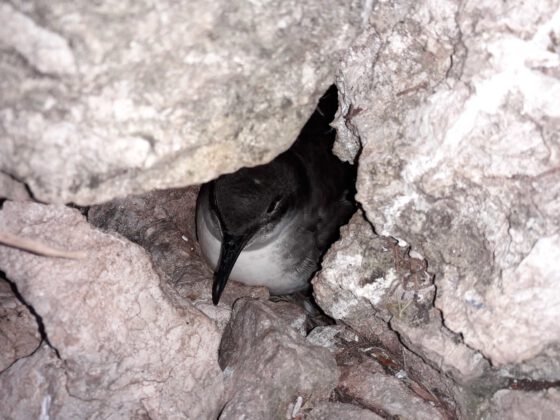
After the first webinar, four more webinars on the topics of marine litter, incidental catch of seabirds, educational activities of the project and the declaration of marine protected areas will be held.
 We held the first in a series of webinars of the LIFE Artina project on the 7th of March 2023 in order to encourage the nature conservationists community to carry out future seabird conservation measures. The webinar is one of the tools of the Project Replication and Transfer Strategy. With this, the European LIFE Program ensures that the knowledge and experience gained through the implementation of the project is applied to other geographical areas, habitats and species.
The lecture on managing seabird colonies covered the biology and ecology of seabirds, their distribution in Croatia and the threats they face. Activities that were carried out at the colonies in the Lastovo Archipelago Nature park were presented, and those included bird monitoring, rat eradication, biosecurity and control of the Caspian gull population. Results of four years of work, demonstrated primarily through the number of birds, the success of their nesting and the reduction of the rat population on the islands were presented.
We held the first in a series of webinars of the LIFE Artina project on the 7th of March 2023 in order to encourage the nature conservationists community to carry out future seabird conservation measures. The webinar is one of the tools of the Project Replication and Transfer Strategy. With this, the European LIFE Program ensures that the knowledge and experience gained through the implementation of the project is applied to other geographical areas, habitats and species.
The lecture on managing seabird colonies covered the biology and ecology of seabirds, their distribution in Croatia and the threats they face. Activities that were carried out at the colonies in the Lastovo Archipelago Nature park were presented, and those included bird monitoring, rat eradication, biosecurity and control of the Caspian gull population. Results of four years of work, demonstrated primarily through the number of birds, the success of their nesting and the reduction of the rat population on the islands were presented.
 We were successful in removing rats from certain islands and we significantly improved the nesting success rate of the Yelkouan shearwater, while the measures to control the population of Caspian gull did not have a positive effect on the nesting success rate of a rare species on the Adriatic coast – the Audouin’s Gull.
During the discussion we mentioned the technical details of the rat control mechanisms that were used, the issue of free roaming cats, and the Beech marten that recently appeared on an island where most Yelkouan shearwater nest. We also discussed the applicability of control mechanisms on a very invasive species – the mongoose, which has been present on Mljet and the islets around it for a long time. One of the topics was a comparison of the influence of Caspian gull and rats on the Audouin’s Gull. Ecological conditions for Audouin’s Gulls nesting and the type of islands they nest on were also discussed.
We were successful in removing rats from certain islands and we significantly improved the nesting success rate of the Yelkouan shearwater, while the measures to control the population of Caspian gull did not have a positive effect on the nesting success rate of a rare species on the Adriatic coast – the Audouin’s Gull.
During the discussion we mentioned the technical details of the rat control mechanisms that were used, the issue of free roaming cats, and the Beech marten that recently appeared on an island where most Yelkouan shearwater nest. We also discussed the applicability of control mechanisms on a very invasive species – the mongoose, which has been present on Mljet and the islets around it for a long time. One of the topics was a comparison of the influence of Caspian gull and rats on the Audouin’s Gull. Ecological conditions for Audouin’s Gulls nesting and the type of islands they nest on were also discussed.
 One of the important aspects of the discussion was sustainability of the project, and Lastovo Archipelago Nature Park Public Institution clarified which activities the Park will continue to carry out even after the end of the project. Sustainability is one of the biggest challenges of projects like this one, but the institutional structure of nature protection in Croatia represents a good basis for implementation of direct conservation measures even after the completion of such projects, which can be achieved by incorporating those measures into public institution plans for management of protected natural values.
Regarding the replication potential of the LIFE Artina project, a demand exists to remove invasive species of mammals such as rats and mongooses from other islands and islets where seabirds nest. It is also quite necessary to determine the zero state and to establish the monitoring of the relevant colonies of European shags and of the two species of terns that are also widespread in the Adriatic. On islets where invasive species control mechanisms are successfully implemented, biosecurity measures need to be implemented to ensure that invasive species do not return, which would again threaten not only seabirds, but also the entire ecosystem of the islets.
One of the important aspects of the discussion was sustainability of the project, and Lastovo Archipelago Nature Park Public Institution clarified which activities the Park will continue to carry out even after the end of the project. Sustainability is one of the biggest challenges of projects like this one, but the institutional structure of nature protection in Croatia represents a good basis for implementation of direct conservation measures even after the completion of such projects, which can be achieved by incorporating those measures into public institution plans for management of protected natural values.
Regarding the replication potential of the LIFE Artina project, a demand exists to remove invasive species of mammals such as rats and mongooses from other islands and islets where seabirds nest. It is also quite necessary to determine the zero state and to establish the monitoring of the relevant colonies of European shags and of the two species of terns that are also widespread in the Adriatic. On islets where invasive species control mechanisms are successfully implemented, biosecurity measures need to be implemented to ensure that invasive species do not return, which would again threaten not only seabirds, but also the entire ecosystem of the islets.
 After the first webinar, four more webinars on the topics of marine litter, incidental catch of seabirds, educational activities of the project and the declaration of marine protected areas will be held.
After the first webinar, four more webinars on the topics of marine litter, incidental catch of seabirds, educational activities of the project and the declaration of marine protected areas will be held.



